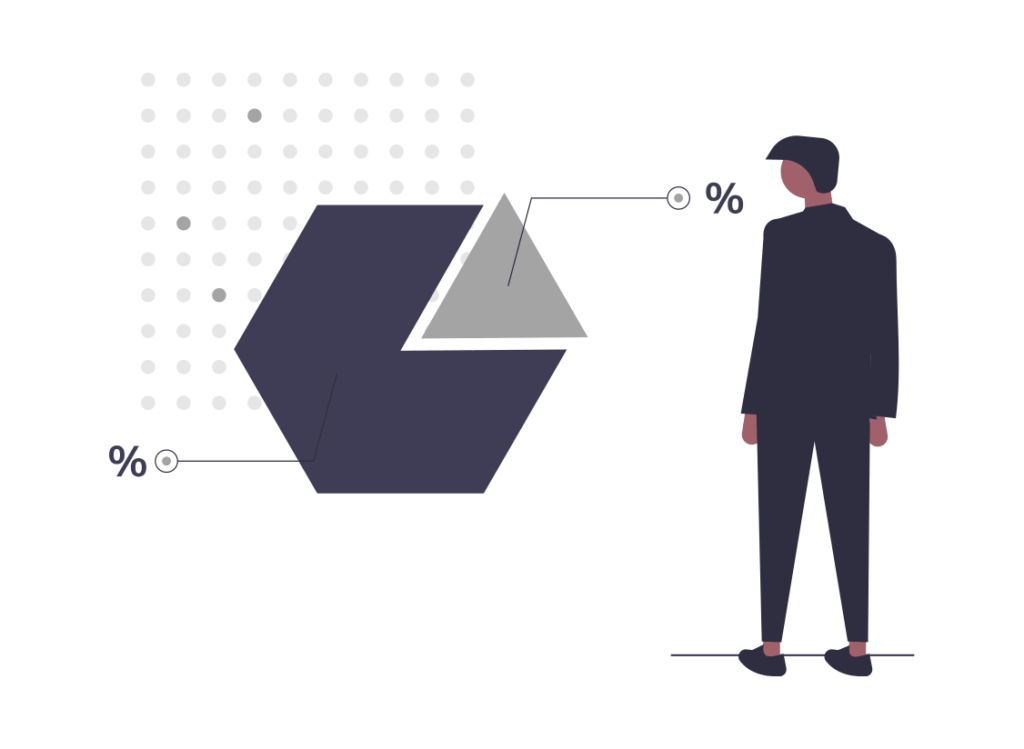Road traffic crashes numbers are staggering and is the eighth leading cause of death globally, claiming more than 1.35 million lives each year and causing up to 50 million injuries. That’s nearly 3,700 people dying on the world’s roads every day.
Injuries in many cases cause disability with life-altering and long-lasting effects. These losses take a huge toll on families and communities. The cost of emergency response, insurance, auto repair, health care, and human grief is immense.
Deaths and injuries resulting from road traffic accidents remain a serious global problem and current trends suggest that this will continue to be the case in the foreseeable future.
But road traffic crashes are not “accidents”. Most of them are preventable
Distracted driving, fatigued driving, over-speeding, driving under influence of drugs or alcohol, rapid urbanization, poor safety standards, lack of enforcement, and a failure to wear seat-belts or helmets contribute to the trends we see in road accidents over the past decade.
The growth of the auto industry in the past decade has seen faster vehicles, it’s a generally accepted statement across the globe, “speed thrills but kills”, a lot of safety organizations use this catchy phrase to raise awareness about the problem. But the real issue is a contradiction, the vehicle manufacturers advertise about the performance of the vehicle, often about the speed of the vehicle, how fast a vehicle can travel 0-100, top speed, terms like ‘racing DNA’ referring to the performance of the vehicle.
The problem of people’s obsession with speed coupled with distraction, tendency to break rules and fatigued driving could be life-threatening.
In a popular British web series on Netflix, Black Mirror, an episode showcases the human cost of distraction while driving. A man loses his entire family because he couldn’t control the urge to check his phone while speeding on the highway in the night, plagued by the fatigue of driving.
According to marketing industry influencer Krista Neher, the human brain can process images up to 60,000 times faster than words; Visual awareness tools like Black Mirror episode helps put a face, name, and story behind the staggering number of injuries, accidents, and fatalities.
Government and Road Crashes
In addition to the above problems, the socio-economic factor plays an important role in understanding road accidents. Developing countries, moving rapidly towards urbanization, see a major chunk of global road accidents given their infrastructural limitation, inadequate road safety law practices and lack of standard safety equipment in vehicles.
With an average rate of 27.5 deaths per 100,000 population, the risk is more than 3 times higher in low-income countries than in high-income countries where the average rate is 8.3 deaths 100,000 population.
Although only 1% of the world’s motor vehicles are in low-income countries, 13% of deaths occur in these countries. There has been no reduction in the number of road traffic fatalities in any low-income country since 2013.
Even though 123 countries representing six billion people have laws that meet best practice for at least one of the five key behavioral risk factors, the enforcement of road safety laws still remains a challenge for the government bodies across the globe, given the scale of the problem and priority of under-developed and developing countries being poverty alleviation and economic growth.
Developed nations like United States of America, United Kingdom, Germany, and the Netherlands have learned from their past mistakes and fortunately grown in their understanding of road accidents at the same pace as the technology developments in the auto industry with certain loopholes yet to be covered to bring down the numbers to acceptable.
Countries in the Americas and Europe have the lowest regional road accident fatality rates of 15.6 and 9.3 deaths per 100,000 people respectively.
Regulatory, behavioral, technological factors play a role in understanding why the problem is still prevalent in developed nations across the globe. For example, the U.S. does not have generally accepted speed limit restriction of 50 km/h on urban roads, there is insufficient evidence on the effectiveness of legislation to limit or prohibit the use of mobile devices while driving to establish best practice criteria.
The joint efforts of the government, safety organizations, and private organizations have helped reduce road accident rates in 2018 by 25% in high-income groups and 23% in middle-income groups since 2013.
Auto Insurance Sector and Road Crashes
Human life and government are not alone in facing adversities from road accidents, the auto insurance sector also pays a heavy cost for the unfortunate events on road.
The auto insurance business in 2018 reported a whopping $783.10 billion in written premiums, contributing 33% to total non-life insurance premiums of $2.373 trillion. Overall profitability of global Property & Casualty remains at 6‒6.5%, which barely covers the industry cost of capital.
In the U.S. auto insurance losses and expenses have exceeded premium for every year since 2007. The auto insurance sector reported earned premiums of $110.48 billion in the year 2015 with a risk exposure of $188.51 billion. Companies countrywide incurred losses of $88.36 billion in the year with a loss ratio of 79.98.
A partial reason for the losses is high claim rates and accidents. In the year 2015 U.S. witnessed 37,757 fatalities and over 4.4 million serious injuries which required immediate medical attention.
The cost of medically consulted injuries was estimated at $440.6 billion. Costs include wage and productivity losses, medical expenses, administrative expenses, motor-vehicle property damage, and employer costs.
The United States alone reported 277 million vehicles, 227 million licensed drivers, and 3.24 billion miles driven annually. Calculating the claim frequency and claim severity for the vast number of vehicle users accurately is a difficult task.
Dan Ariely, a Duke University professor, and the Chief Behavioural Officer at Lemonade, says, “Every dollar your insurer pays you is a dollar less for their profits. So, when something bad happens to you, their interests are directly conflicted with yours. You’re fighting over the same coin.”
Insurance Companies and Road Crashes
 U.S.’s largest auto insurer’s wing, State Farm Mutual Automobile Insurance Company, in the year 2019 reported premium earned of $42.14 billion compared to $43.43 billion a year ago and claims and expenses of $42.94 billion compared to $42.15 billion in the previous year. The company’s underwriting loss for 2019 stood at $763 million compared to underwriting gain of $1.28 billion in 2018.
U.S.’s largest auto insurer’s wing, State Farm Mutual Automobile Insurance Company, in the year 2019 reported premium earned of $42.14 billion compared to $43.43 billion a year ago and claims and expenses of $42.94 billion compared to $42.15 billion in the previous year. The company’s underwriting loss for 2019 stood at $763 million compared to underwriting gain of $1.28 billion in 2018.
United Kingdom’s majority market stakeholder in the auto insurance sector, Admiral Group, for the year 2019 reported a motor loss ratio of 87.6 compared to 88.1 a year ago.
In such a cost-competitive market, auto insurers are trying to utilize technology to better predict claims and premiums of customers. Driver’s habits play an important role in the occurrence of accidents hence solutions that help increase the underwriting gains and reduce the loss ratio are encouraged in the modern insurance sector.
U.S.’s third-largest auto insurer has found alternatives to better judge the claim ratio using telematics. In 2015, the company adopted a telematics solution to better analyze driver habit and adjust premiums accordingly. The adoption also helped better understand and predict the frequency ratio and severity ratio of claims.
In the year 2015, the company’s auto segment recorded an underwriting income of $23 million, three years after telematics adoption, the company reported an underwriting income of $1.68 billion in 2018. The loss ratio of the company’s auto segment also improved from 74.5 in 2015 to 66.2 in 2018.
Insurtech though has helped companies stand out in the market, the overall condition remains feeble because of the number of accidents that occur across the roads globally. The shift towards insurtech, with efforts of the government in formulating policies to raise awareness and pass ideal laws in their respective nations, shows signs of improvement.
Major auto insurance companies across the globe are considering technology solutions and other solutions to enhance driver experience, reduce the number of accidents and spread awareness about road safety. The shift despite being slow shows great promise for the auto insurance sector as well as road safety in the coming years.
The problem of road accidents impacts individuals, governments, the insurance sector, the auto sector, companies, and the economy. The problem though unequally divided based on various factors does persist globally. The world realizes the issue and is taking steps towards change yet falls short of achieving acceptable numbers.
The impact on human life cannot be monetarily defined but the impact on the economy and government is very evident from the steps taken by countries across the globe.
With the governments, insurance companies take a big chunk of the hit, which is clearly visible in the low underwriting gains in the top companies in the auto insurance sector in developed nations, they are adopting new ways to optimize the process of studying risk, claims and premiums.
Driver habits and related metrics will play a huge role in the coming decade to help facilitate the agendas of private and public players in curbing the leading cause of death in youngsters across the globe.


 The company reported an underwriting loss due to a decrease in premiums and an increase in claims and expenses in comparison to a year earlier. Co’s claim and expenses increased by 1.9% for the year.
The company reported an underwriting loss due to a decrease in premiums and an increase in claims and expenses in comparison to a year earlier. Co’s claim and expenses increased by 1.9% for the year.